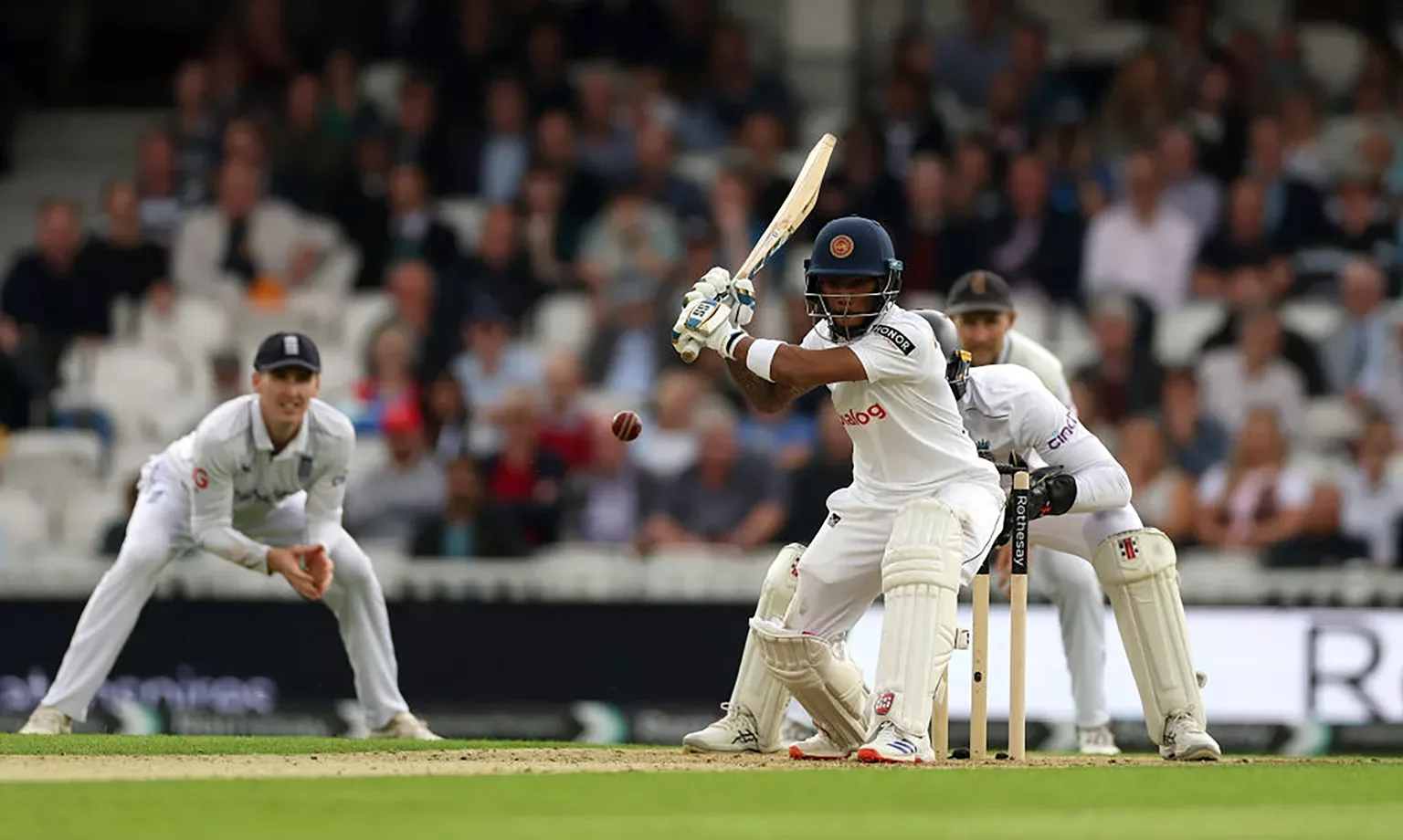England failed to lift the gloomy skies that descended upon The Oval with a subpar performance against Sri Lanka in the third Test.
CRICKET UNDER THE CLOUDS
England went into the third and final Test against Sri Lanka, which began on Friday 6th September at The Oval, having already wrapped up the series with a game to spare.
This was the hosts’ second series triumph of the summer, following a 3-0 victory against the West Indies in July.
However, in pursuit of a rare 100 percent home summer for the first time since 2004, England were denied successive clean sweeps by the defiant visitors despite a positive start to the third Test.
Indeed, a truncated first day disrupted by bad light was ignited by a dazzling century from Ollie Pope, as the stand-in England captain batted brilliantly in conditions ideal for bowling.
Following an initial three-hour delay in the early afternoon, the game eventually resumed as Pope commandingly led the home side to 221-3, before the two teams were once again taken off the pitch by the umpires due to the stubborn grey skies, bringing the day to a premature end with more than an hour and a half still left to play.
POOR VISIBILITY
Only 44.1 overs out of a possible 90 were bowled due to the break in play and the early finish caused by bad light, which was subsequently met with a smattering of boos from the crowd.
Both the first and second Tests against Sri Lanka at Old Trafford and Lord’s were also blighted with bad light delays, reigniting the debate about whether or not Test cricket is too cautious to play in gloomy conditions, with rules in place to protect players if visibility is poor.
Whereas the on-field umpires once ‘offered’ the light to the batting team, who could then decide whether or not they wanted to play on, decisions over light are now made solely at the umpires’ discretion.
Amid ongoing debate over the health of Test cricket, some argue that delays caused by bad light are damaging the game, and there was understandable frustration at more than half of the first day being lost to the light.
Potential solutions to this divisive issue include using a pink ball for part or the entirety of Test matches, banning short-pitched bowling during poor light periods, or simply playing on through the murky conditions.
Either way, the performance of England’s batters seemed to belie the bad light, as Pope’s 103 not out was complemented by the 86 runs of opener, Ben Duckett.
DISAPPOINTING DISPLAY
Bad light was once again a constant threat on a curious second day at The Oval, which saw England give Sri Lanka a way back into the final Test.
After a poor showing on Friday in favourable bowling conditions, the visitors were much improved as England lost their last seven wickets for just 64 runs and were bowled out for 325.
At the crease, Sri Lanka made good progress and chipped away at England’s lead, ending another day shortened by bad light 114 runs behind the hosts on 211-5.
On day three, after being dismissed for 263, the tourists moved into pole position to win the final Test after England only scored 156 in a shocking second innings.
In bat for a second time on Sunday, Sri Lanka ended on 94-1 from only 15 overs, 125 runs short of a famous result.
A magnificent Pathum Nissanka century clinched an historic victory for the visitors on the fourth day, as Sri Lanka won the third Test by eight wickets.
Though they lost the series 2-1, it ended Sri Lanka’s 10-match winless streak against England, who paid the price for a despicable display that was just as bleak as the weather.


































